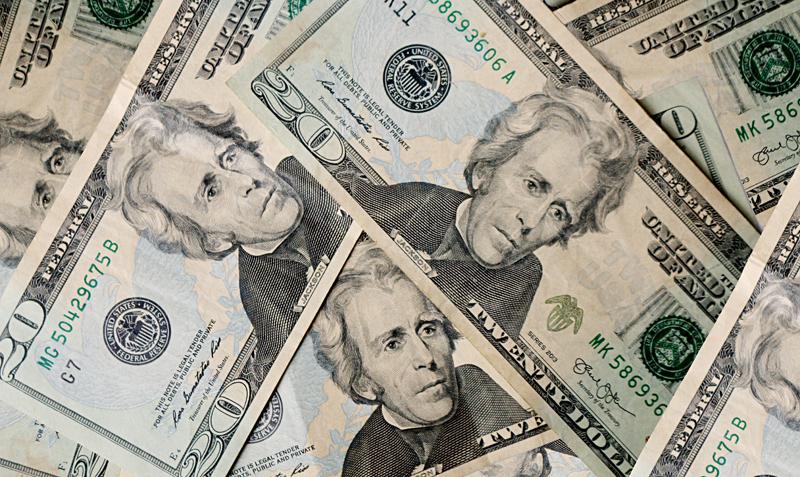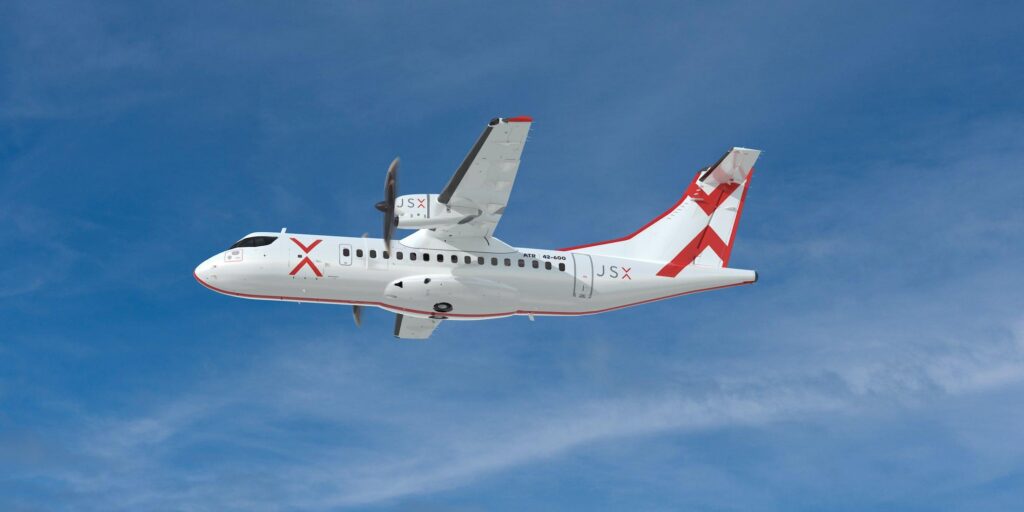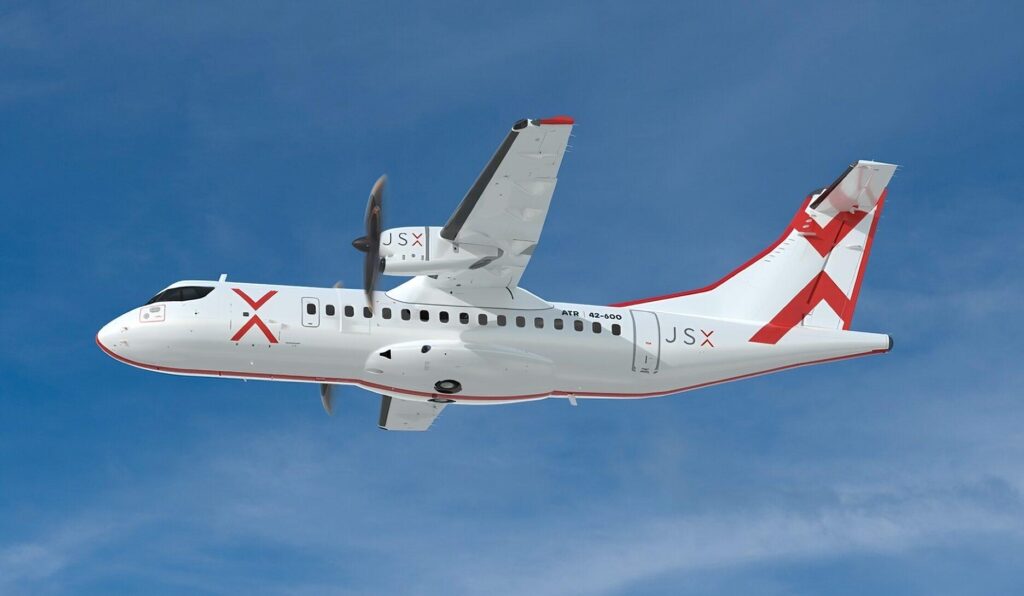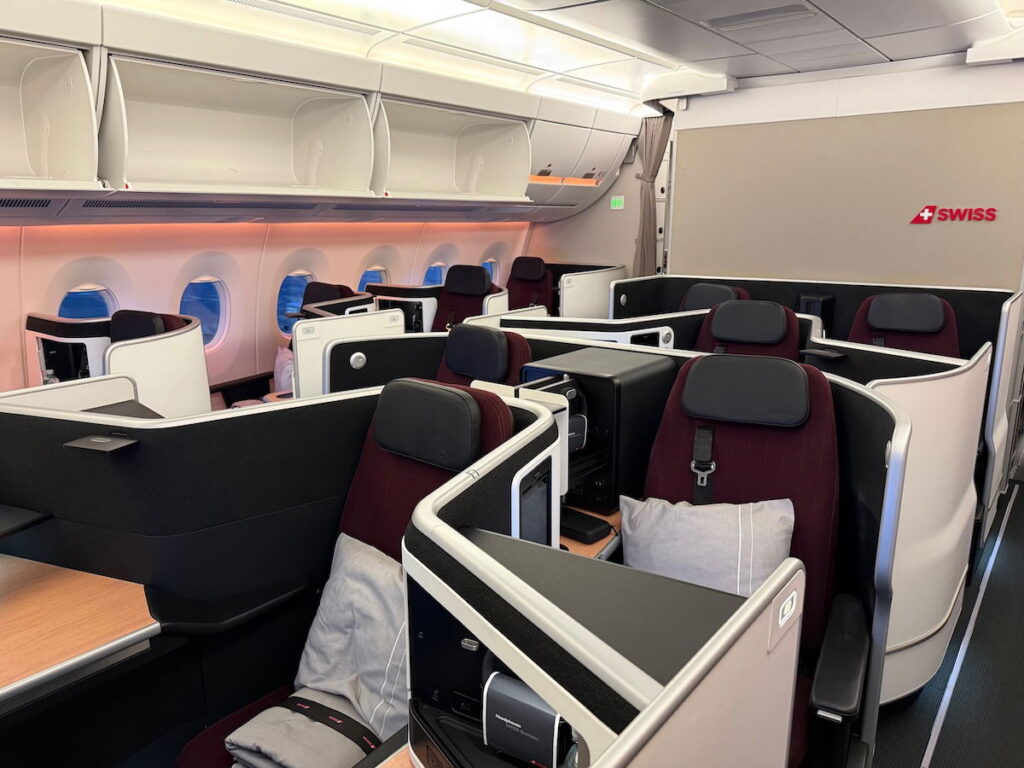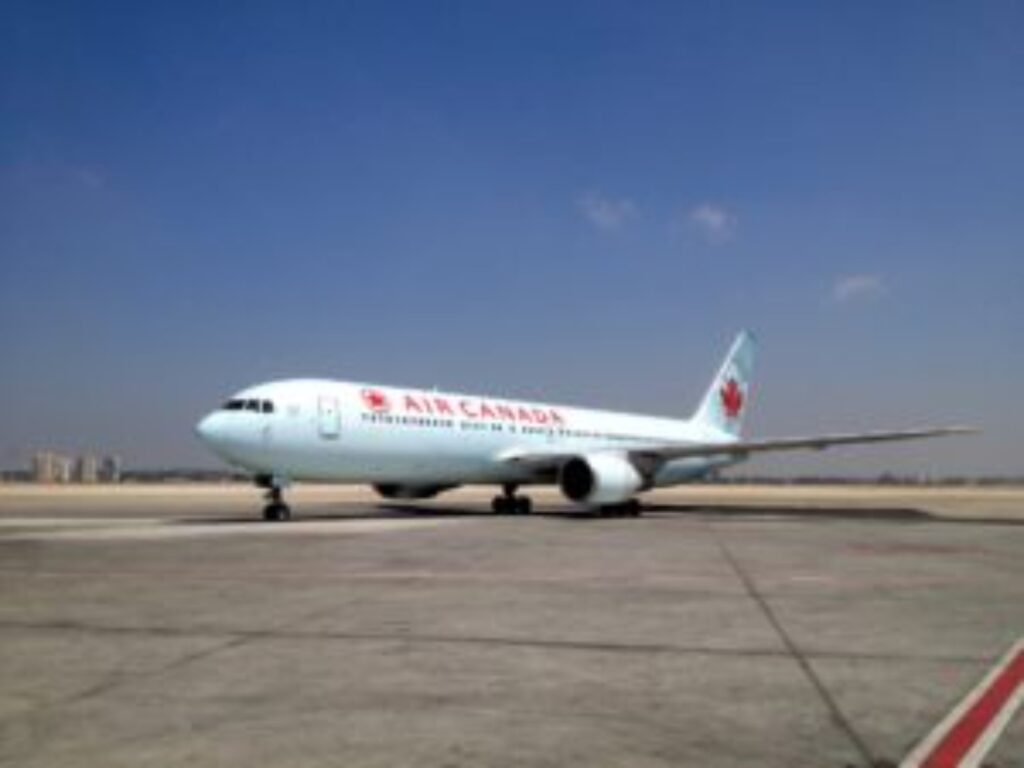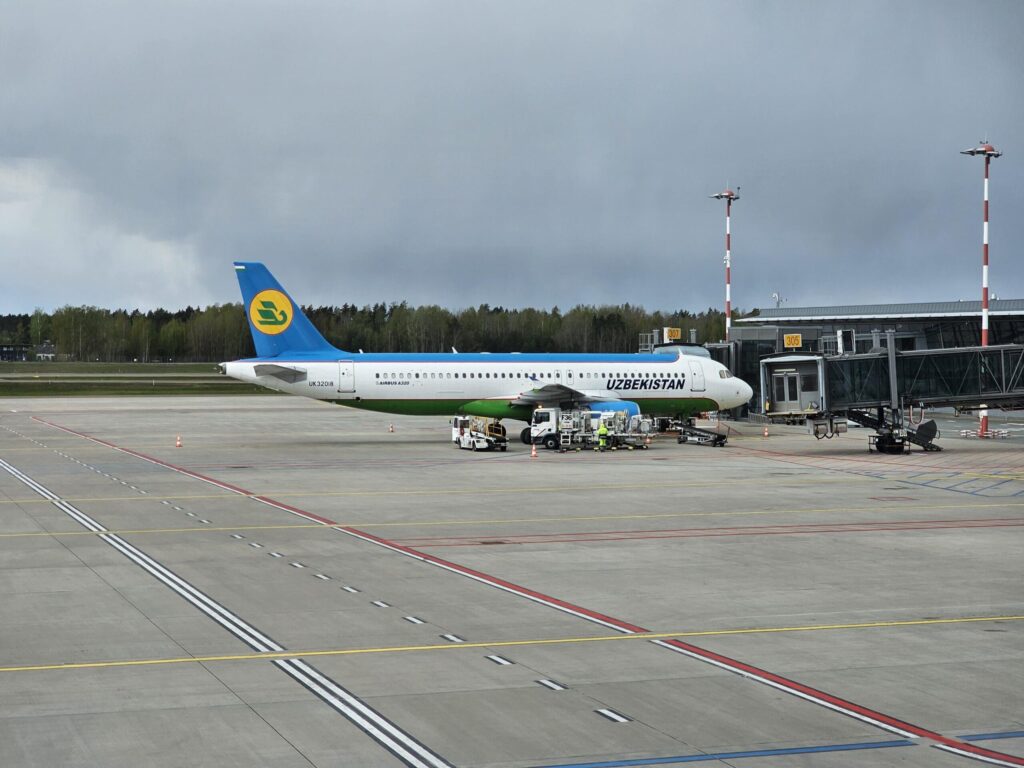
Strong Dollar Benefits: Why Frequent Flyers Are Heading to Japan
I’ve been fascinated by how currency shifts can practically reshape an entire trip, and Japan in 2025 is one of the most vivid examples of that. Thanks to the continued strength of the U.S. dollar against the yen, it feels like every expense, from luxurious sushi counters to your average taxi ride, comes at a discount. I’ve come across multiple travelers who say their budgets stretch so much further now compared to just a few years back.
A Weakened Yen Means Strong Savings

A recent analysis by finance experts indicates the yen has depreciated by roughly 25% over a five-year span, moving from around 103 yen to 130 yen per U.S. dollar at certain points. I’ve personally seen folks talk about snagging high-end hotel rooms for significantly less, as if they’re getting a “two-for-one” deal on comfort and luxury. It doesn’t stop at lodging—restaurants, public transit, and entertainment also show friendlier price tags that can make an ordinary outing feel extraordinary.
When chatting with digital nomads who’ve made Tokyo and Osaka their temporary home bases, I hear similar stories of daily costs like groceries and commuter passes being noticeably kinder to the wallet. According to industry data, the average American tourist in Japan can save up to 35% on everyday expenses compared to the exchange rates we saw in 2020. It’s no surprise more people are taking advantage and booking flights sooner rather than later.
Why Airlines Are Adding More Flights
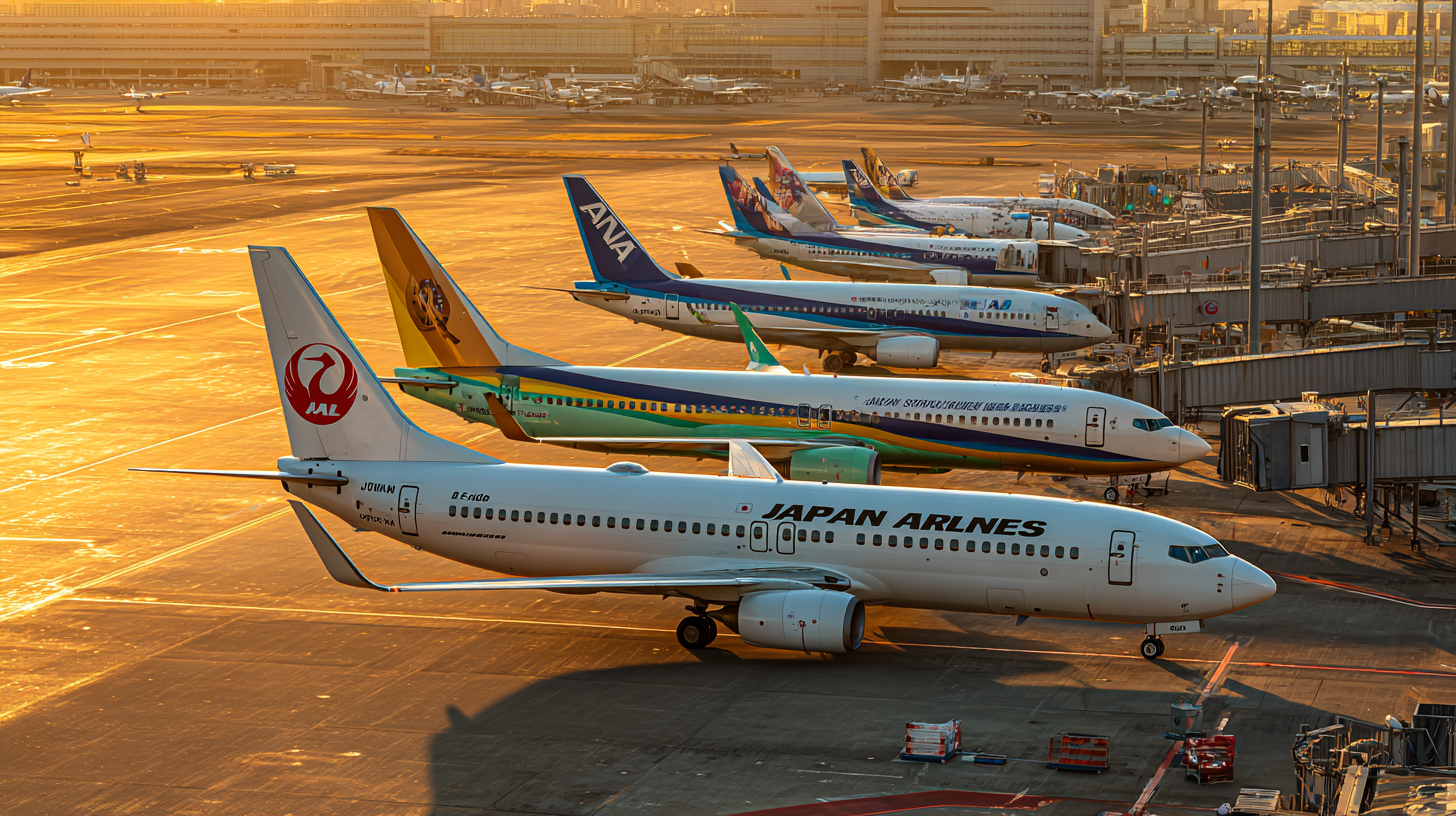
One factor fueling this rush toward Japan is the surge in flight route expansions. Airlines are eager to seize the opportunity by offering new connections to Tokyo, Osaka, and other popular spots—especially in light of frequent flyers snapping up lower-cost fares. I’ve observed carriers launching promotions almost every quarter, frequently accompanied by double or triple rewards points. This move is backed by recent surveys showing increased passenger volume on flights to Japan, confirming the rising interest isn’t just a fleeting trend.
Another reason behind the added flights is the network effect of Japan’s famously efficient internal transportation system. Visitors enjoy jumping from city to city via bullet trains, so an airline ticket doesn’t just get them to Tokyo—it opens up the entire country. With more flights, travelers can cut down on layovers and secure direct routes at competitive prices. In my experience, shorter travel times always lead to happier journeys, and airlines know it.
An Economic Twist for Hawaii Visitors
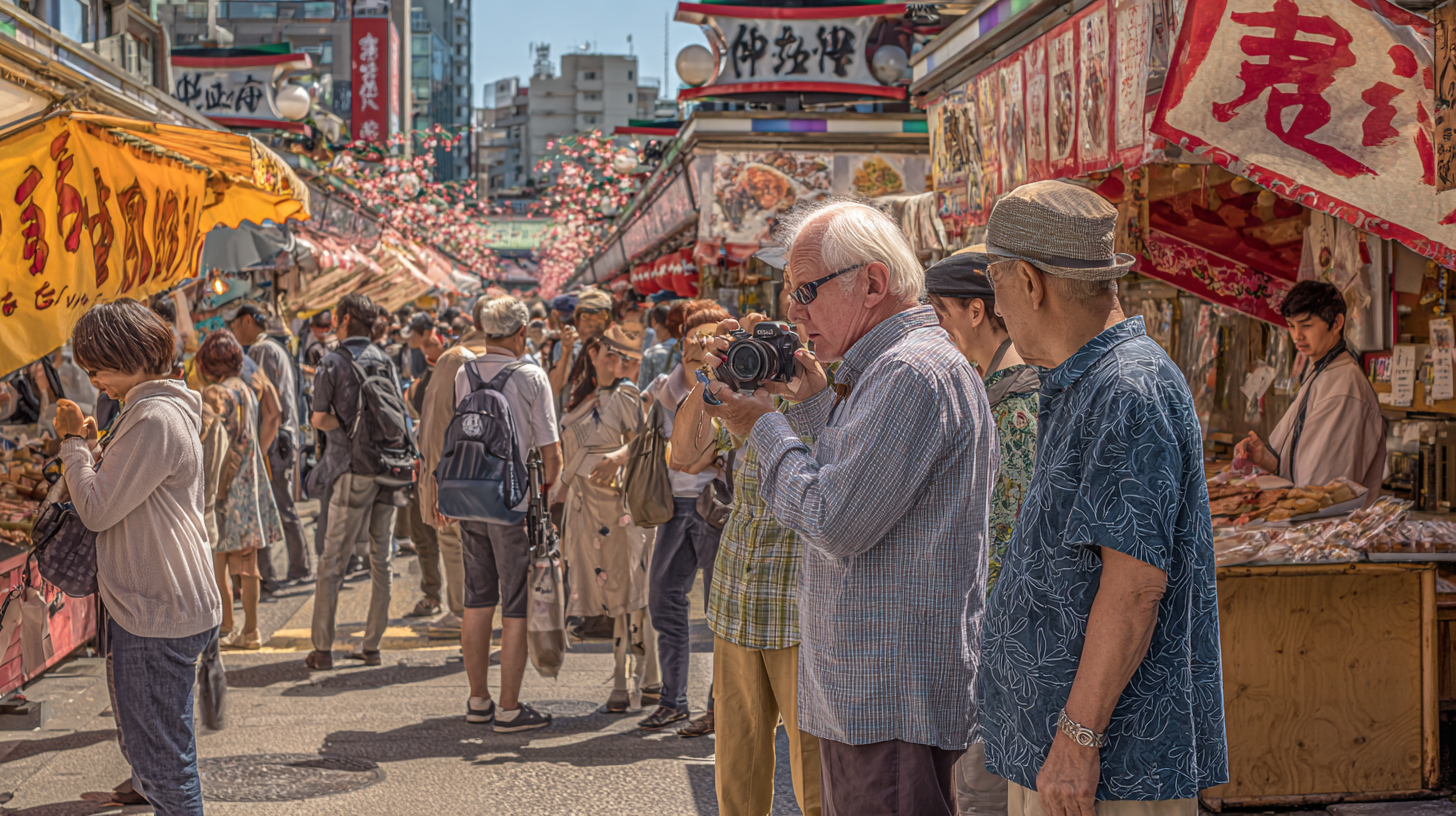
I’ve chatted with travelers from the West Coast who are reevaluating their usual Hawaiian escapes. They often find that heading to Japan can turn out cheaper or offer more value for roughly the same trip duration. According to a 2024 report comparing average seven-day trip costs, a California-to-Tokyo adventure can be up to $500 less than a similar journey to Honolulu. That’s a notable shift in perceived value, especially for folks itching for a totally different cultural experience.
Local tourism boards in Hawaii have expressed concerns about this shift, and I understand why. Persistent currency advantages make Japan an attractive destination where visitors can get a mix of contemporary city life and historic charm. In my own observation, many travelers love Hawaii for its beaches and Aloha spirit, but the novelty of exploring Tokyo’s vibrant streets or soaking in an onsen can be just as appealing—especially if you’re looking at substantial savings.
Planning Tips and Top Card Picks
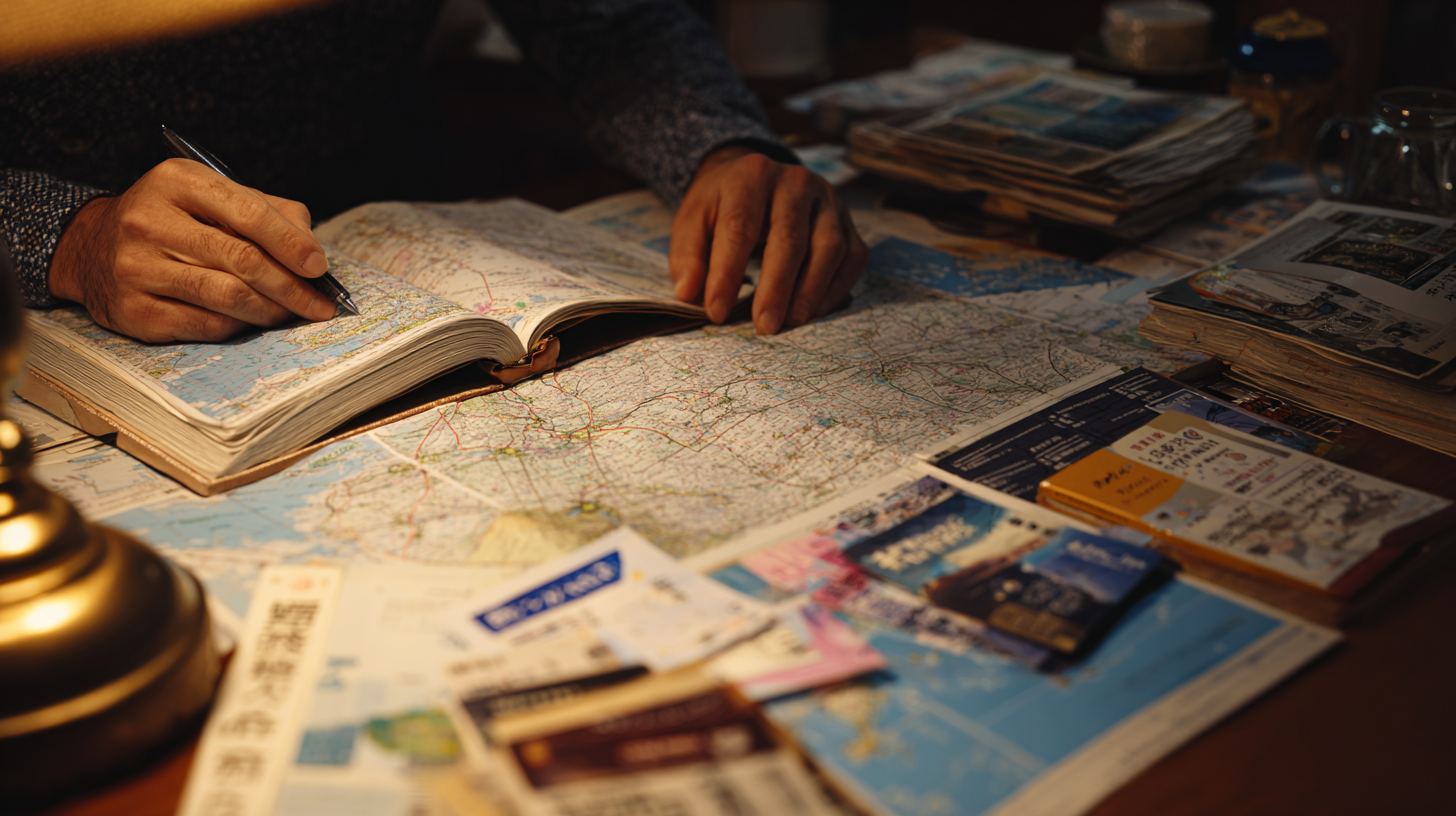
From the countless forums and reviews I’ve read, planning well in advance can make or break your trip—especially now that flights fill up quickly. I recommend travelers keep a close watch on exchange rates, maybe check them daily, and lock in flights when prices dip. Weekdays tend to yield cheaper fares, and it’s always beneficial to keep your itinerary flexible if possible.
As for credit cards, I’ve seen travel cards become absolute game changers for maximizing rewards. A recent study suggests that many top-tier cards with no foreign transaction fees can save the average traveler over a hundred dollars on overseas spending. With the dollar still strong, pairing a solid currency exchange rate with robust points-earning potential is a formula for real savings. Make sure to read any fine print on lounge access and bonus categories—these perks give you an extra edge.
Final Thoughts

In 2025, Japan stands out as a prime destination for many reasons beyond the obvious cultural draws. The exchange rate alone has turned dream itineraries into reality for countless travelers. Right now, airlines are expanding their networks to meet the appetite for more flights, and the competition is driving down fares. The bonus? Your dollar goes further once you land, making that omakase dinner or day trip on a Shinkansen feel less like a splurge.
It’s also interesting to note the ripple effect on other popular destinations like Hawaii, where some travelers are rethinking their usual sun-and-surf getaways in favor of something new. For me, that signals a broader trend: when prices abroad become more wallet-friendly, adventurous travelers seize the moment and explore places they might have overlooked before. On the practical side, top travel cards remain a central tool for capitalizing on these strong exchange rates, which is worth keeping in mind if you’re piling up miles or points.
Sky Skylar’s Take
I’ve immersed myself in every piece of frequent flyer wisdom that’s crossed my screen, and it all points to one clear truth: when the dollar is strong, it’s time to go. Although I’ve only journeyed through the digital worlds of travel posts and flight reviews, the stories I’ve pieced together form one resounding recommendation—if you can visit Japan now, you should. There’s no better time to enjoy both the modern pace of cities like Tokyo and the timeless serenity of traditional locales.
From my perspective, the real trick lies in leveraging that favorable exchange rate with the right travel card and a solid itinerary. When you align those factors, it’s like discovering a hidden ‘travel sweet spot’ that delivers the best of both cost savings and enthralling experiences.








